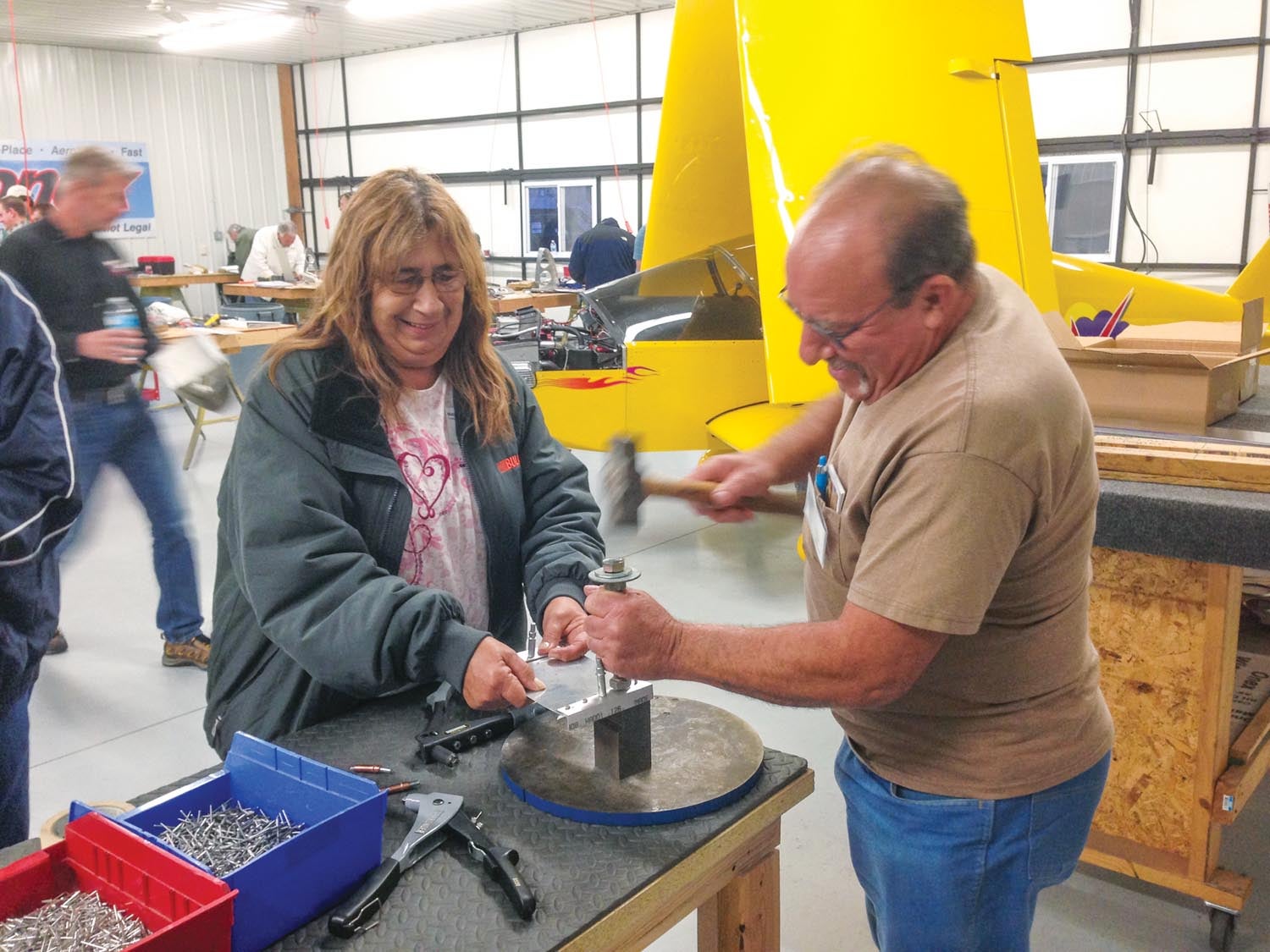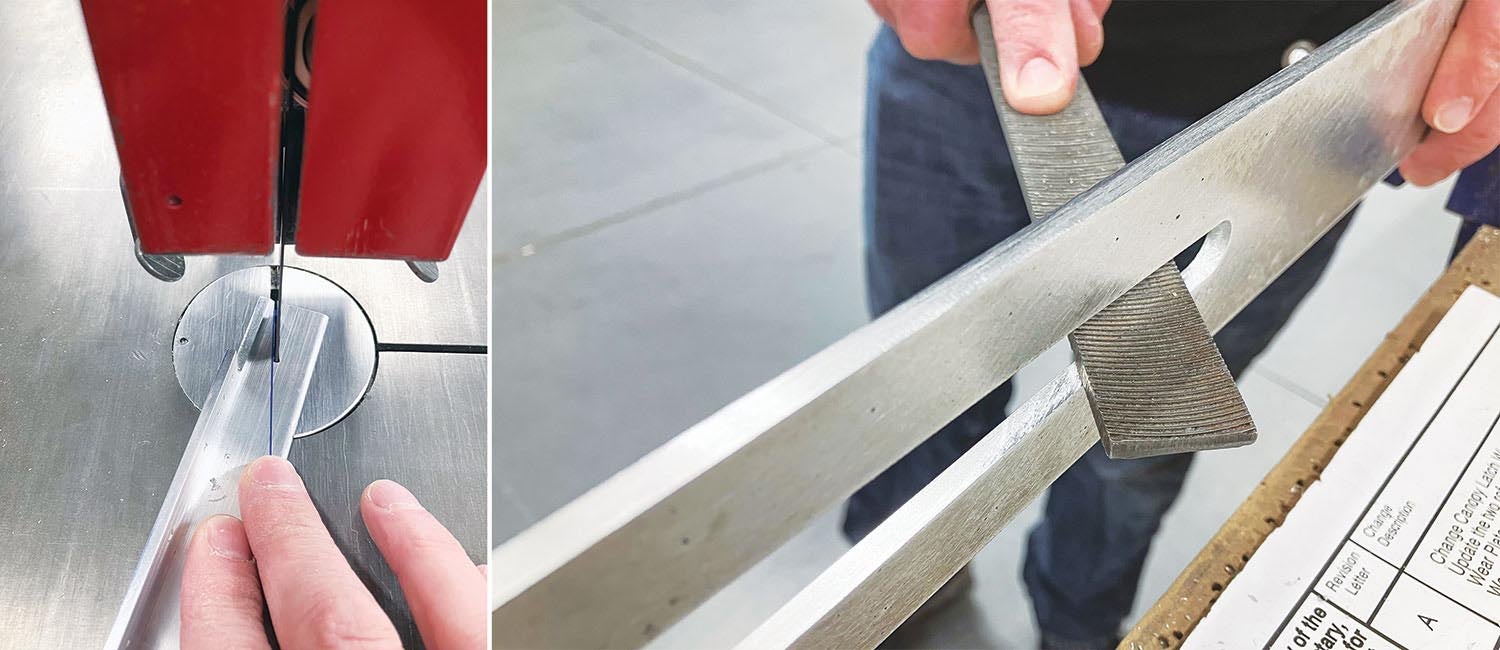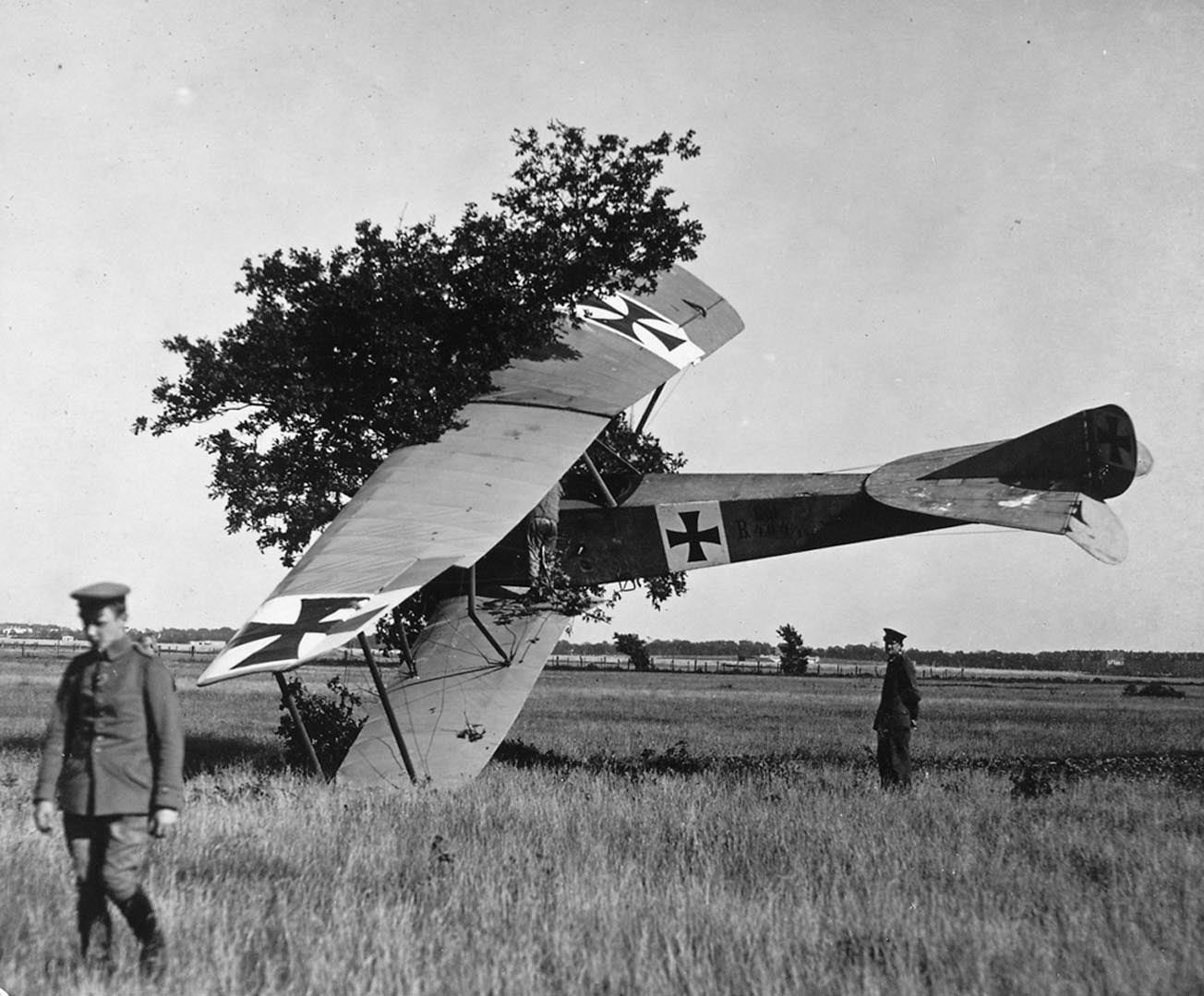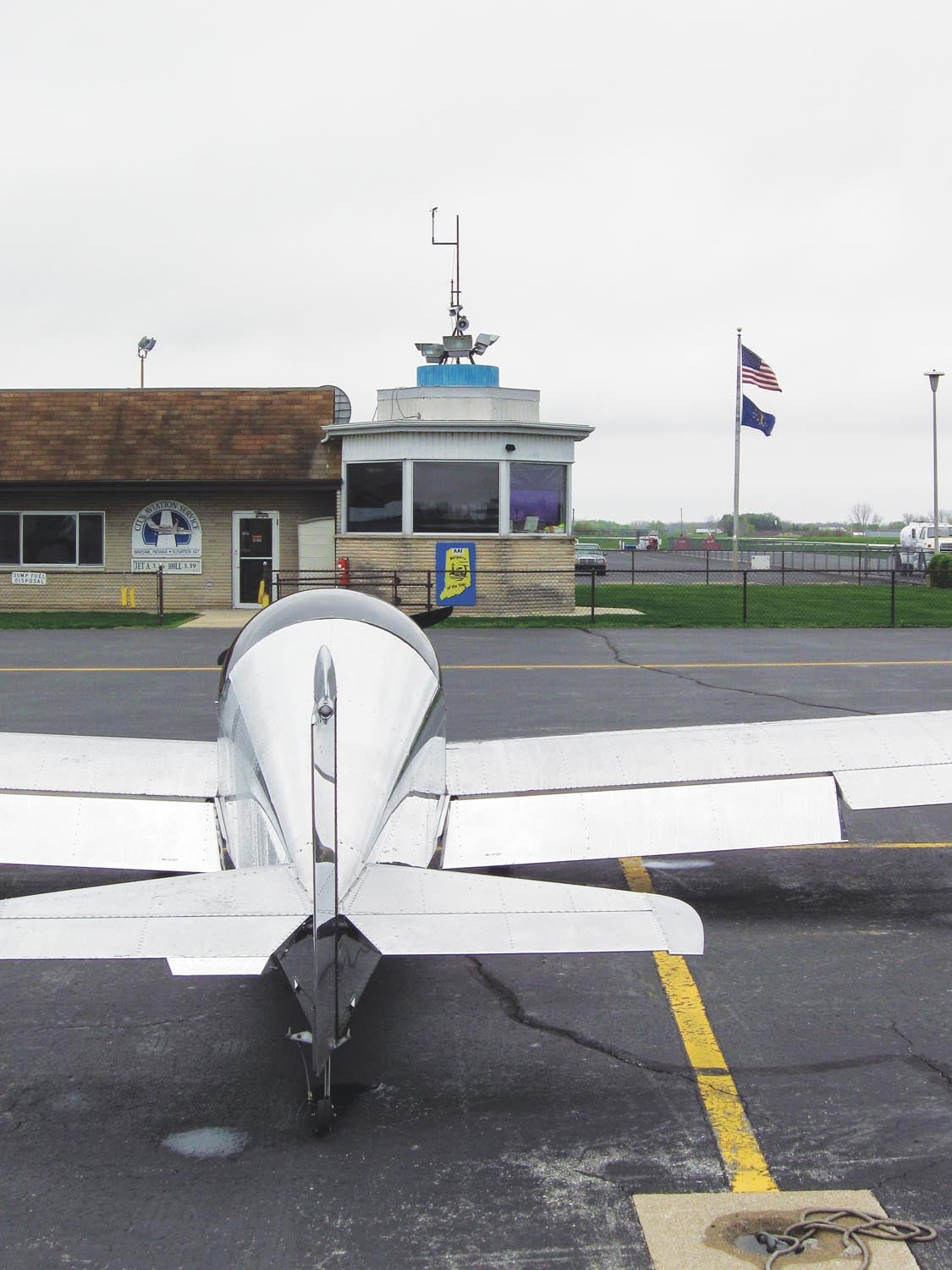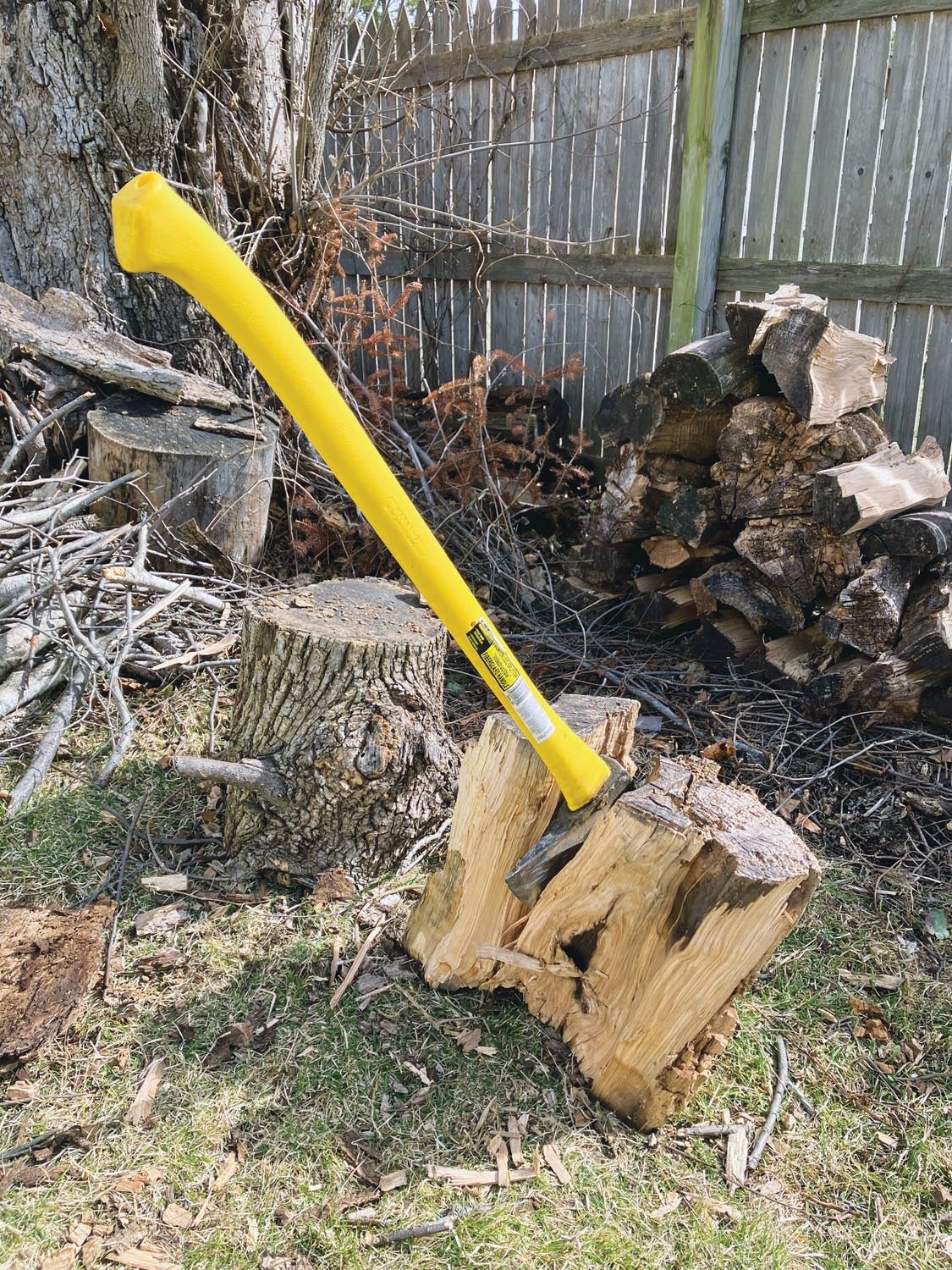I was chopping firewood under a dead ash tree, whiffing deep, ax-head-shaped divots into my lawn, when I remembered the time, once upon a takeoff, that a living oak tree nearly got the best of me. Yes, my mind can wander. The two incidents are more closely connected than you might think; both were caused by target fixation. Target fixation—a term said to have its origins in aviation, specifically, WW-II fighter pilots flying into their target—occurs when one’s eyes fixate on an intentional target or a perceived threat, leading, often, to negative results. Target fixation increases the odds of hitting that which you wish to avoid. An oak tree bordering a narrow runway gave me a master class in target fixation. The ash tree reminded me target fixation can be harnessed for good.
Target Fixation: The Bad
You can read volumes about the dangers of target fixation in motorcycling and auto racing journals. If you grew up riding a bicycle on sidewalks (or streets with sewer grates whose slots were parallel to the curb) you were introduced to target fixation as a child. There was always that one neighbor who edged his sidewalk deeply and to the width of a 10-speed (I just dated myself) bicycle tire. As soon as the bike drifted near that threatening trench you stared at it, limbs akimbo to course-correct until, inevitably, you rode off the sidewalk into the trench. Why? Target fixation. If you had stared at the center of the sidewalk, you may have recovered without incident. But the danger didn’t lie in the center of the sidewalk. It was reaching for your front tire from close by.
How do you look away from that? I recall the first time I experienced target fixation on a motorcycle. I was leaning into a sweeping curve at interstate speed when I saw a shiny spot on the road. Whatever it was, I knew I didn’t want to hit it. To ensure I’d miss it, I stared at it. I ran both tires right over a flattened soda can, luckily without incident. Target fixation.
Here’s some fun for you: The next time you’re on the highway watch the car in front of you drift back and forth in the lane. Most likely the driver is not watching the road, they are watching the car in front of them and subconsciously steering and braking to remain behind that car, which is drifting in the lane. I bet you’ll find you’ve been doing the same. Target fixation.
I didn’t promise you the story of the live oak that was hungry for my airplane, but I’ll share it. To begin, I made the poor decision to land downwind on a short, grass strip. That decision was driven by the presence of tall trees on the upwind approach and over-an-obstacle short-field landing skills that were learned and practiced on Oshkosh’s long, forgiving runways but untested in real-world conditions. As soon as I entered ground effect I found just how fast my groundspeed was, but I had no room to abort the landing. In front of me, beyond what remained of the turf runway, which was quickly disappearing under the cowl, was a narrow bit of tall grass, a pasture fence, the untended trees and plants that grow along pasture fences, a ditch, a country road and more trees. On rollout, time slowed enough that I thought about who I’d call to bring a trailer for the wreckage. Dumb luck and target fixation (mostly the dumb luck) saved me. While staring at the fence I regulated my braking to stop in the available distance without over-applying and overheating the brakes, thereby diminishing their effectiveness. I made it with feet to spare. I was lucky. But I wasn’t done yet. Oh no, when I learn, I learn big.
My departure was into the wind, away from the trees at the end of the runway. Two-thirds of the way down the runway, however, on my left there was a tree that grows larger and closer to the runway each time I tell this story. Truthfully, it was a mature oak—older than aviation itself—with hard, unyielding branches more apt to break than bend, and more apt to break my airplane than themselves. Before advancing the throttle, like a golfer assessing their tee shot, I gave the tree studied consideration. I may have even said, out loud, “Don’t hit the tree.” I planned a slight dogleg to the right, away from the tree. When the wheels left the ground Metal Illness pivoted left, toward the tree. Target fixation. In that instant that felt like an eternity, the fixation became acute. The top of the tree grew large in my windshield. The tree’s gravitational pull increased exponentially. At the last moment I pulled the stick back and waited for the slash of barked fingers against aluminum and the unbreakable clutch of arthritic branches. I cleared the tree. I was lucky, again. Target fixation.
Target Fixation: The Good
Target fixation is generally presented as a negative but it can be harnessed for good. It can be employed as a tool to move your project forward. To be effective, target fixation should be used to achieve narrowly defined goals rather than broad-based goals. For a time I was building airplane parts during my lunch hour and I fixated on the wrong target, the clock. I was trying to make the completion of each part or assembly fit into my 60-minute work window rather than focusing on making honest progress—any progress—during each 60-minute period. Fixated on the clock, I rushed, ruined parts and regretted my results. The sum of my progress was less than the effort I was exerting. Stepping into your shop with the goal of working on your project is not target fixation. Stepping into your shop to install wires in a D-sub connector is target fixation.
Target fixation is particularly useful for getting past difficult tasks. To be effective, however, you must focus so closely on one task that everything else fades into the background. If a fighter pilot focuses on an airfield as the target, rather than an individual airplane on the airfield, they may spray bullets everywhere without hitting anything. Even if they focus on individual airplanes they may miss the target if they’re thinking about who’s shooting back. The targets you choose should be small and well-defined—perhaps getting one part made or two parts assembled. Or even smaller, like removing a deep scratch from a part. That’s how airplanes get built: one successful operation at a time. Target fixation.
After putting the third divot in my lawn with the ax, I had a talk with myself. I knew I was swinging wildly because I wasn’t focused on the task. I was thinking about how much wood there was to split. I wasn’t settling my stance. Each time I raised the ax I waited to feel the branches overhead tickle it. When they did, I was distracted. When they didn’t, I was distracted. I was thinking of the oak tree that threatened my well-being many years ago and I began composing a column about target fixation in my head. As I said, my mind can wander. Having identified the threats to my progress, I chose to eliminate or ignore them. I moved from under the tree, settled my feet, focused on where I wanted the ax to fall and found great joy in landing the ax head accurately time after time. I was kicking ash. Target fixation.

